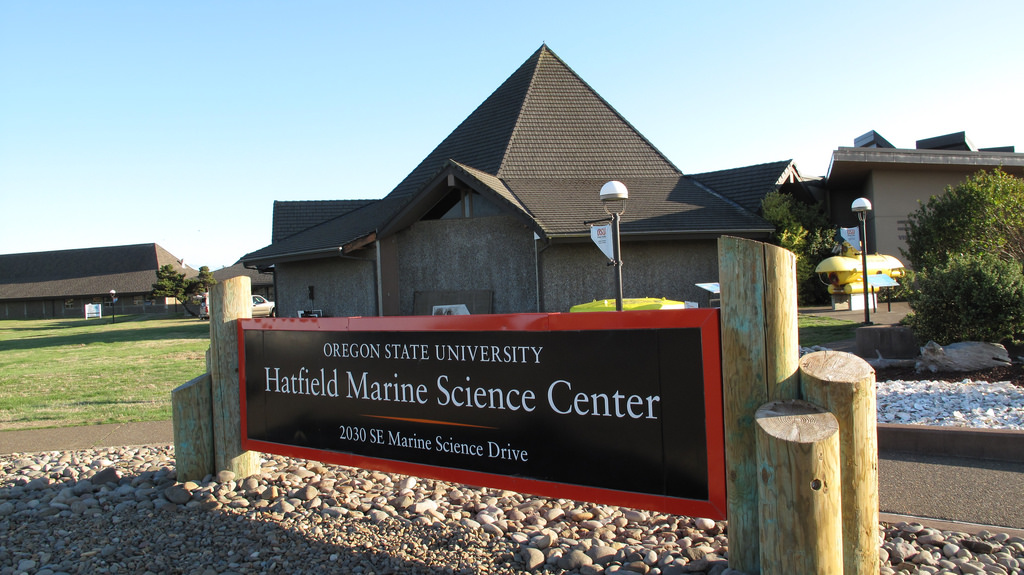HMSC VIRTUAL RESEARCH SEMINAR- Thursday, August 12, 2021
SPEAKER: Alejandro A. Fernández Ajó, GEMM Lab, Marine Mammal Institute, Oregon State University’s Hatfield Marine Science Center
TOPIC: Application of novel methods in conservation physiology to understand cases of large whale mortalities
ABSTRACT: Understanding the effects and relative importance of multiple stressors is critical for managing wildlife. Conservation physiology is a multidisciplinary field wherein a broad suite of tools and concepts are used to understand how organisms and ecosystems respond to both environmental and anthropogenic change and stressors, and conservation endocrinology is a subdiscipline within conservation physiology, which relies on endocrine measurements (hormone quantifications). Traditional physiological and endocrine assessments have used plasma-based analyses, but, implementing such techniques for monitoring the physiology of mysticetes (baleen whales) is largely impractical, as they are often found in remote locations and their large size precludes live capture and handling. As such, novel approaches using endocrine assays have emerged to quantify analytes of interest from alternative sample types, such as feces, respiratory vapor, blubber samples, baleen, and earplugs. Outputs from these analyses can be used to infer the physiological status of whales. During my Ph.D., I validated and applied a novel method, quantifying hormones in baleen, to investigate the potential causes of calf mortality in southern right whales (SRW, Eubalaena australis) in Península Valdés (PV), Argentina. Between the period of 1993-2002 as compared to 2007-2013, the average number of calf mortalities per year increased from 8.2 to 80 mortalities per year. Although the cause for this tenfold increase in calf mortalities at PV is currently unknown, negative interactions with Kelp Gulls (KG, Larus dominicanus) stands out as a likely candidate amongst several compelling hypotheses. In short, KGs in Patagonia have developed a microparasitic behavior which consists in attacking living SRW calves to feed on their skin and blubber. Here I will present methodological advances to optimize the use of baleen samples for endocrine assessments, and the lifetime glucocorticoids (cortisol and corticosterone, GC) and metabolic (triiodothyronine, T3) hormones profiles of post-mortem collected baleen plates to retrospectively assess the role of KG interactions on SRW physiology. Based on T3 results, this study suggests no evidence of malnutrition in whale calves exposed to KG attack. However, the strong positive correlation between extent of wounding and glucocorticoid hormones indicate that heavily wounded calves suffered high levels of physiological stress throughout their short lifespans. Thus, considering the negative effect that chronic elevations in GCs levels might pose to SRW calves’ growth and immune system, KG wounding and harassment may have contributed to the high calf mortality observed at the PV calving ground. More broadly, my findings highlight that baleen hormone analysis may be a fruitful method with which to explore the physiological and population impacts of other types of stressors, both natural and anthropogenic.
DATE: Thursday, August 12, 2021
TIME: 3:30 PM – 4:30 PM
For the live broadcast of the VIRTUAL Thursday Seminar, visit:
https://oregonstate.zoom.us/j/94555731151?pwd=RnJ6eVg0ODdzRUpVc0pQbUlIdUV3dz09
Password: 972587 or call +1-971-247-1195 US Meeting ID: 945 5573 1151
For recordings of past Thursday Seminars, visit: http://hmsc.oregonstate.edu/pastseminars
Accommodation requests related to a disability should be made to Cinamon Moffett, 541-867-0126, moffettc@oregonstate.edu.

Event Duration: 1 - 3 hours
Date: August 12, 2021
Time: 3:30 pm
End Time: 4:30 pm
Time Zone: PST